What is light and Why are plants green?!
Hello friends,
do you know th e ansewers of these two question!:
- What is the light?
- Why are plants green?
now the answers:
What is light?
Light is a form of energy. The form of light that plants capture, as well as the light that you and I can see, is called visible light. The white light that shines on Earth from the sun is actually composed of light of many different colors. You can see these colors by using a piece of glass called a prism that can split the light into different colors or wavelengths of light.
The rainbow of light created by a prism is called a spectrum and the colors of light are always in the same order: Red, Orange, Yellow, Green, Blue, Indigo and Violet. It also spreads into colors that we can't see becoming infrared off the edge of the red side of the spectrum, and ultraviolet off of the edge of the violet side of the spectrum.
In fact, the spectrum of light (called the electromagnetic spectrum) is very large going from radio waves as big as planets to very powerful light called gamma rays whose wavelengths can be the size of subatomic particles.
Photosynthesis captures the energy from visible light but it doesn't use all of the colors of light equally. It mostly uses light from the blue and red parts of the spectrum.
Why are plants green?
The simple answer is that plants are green because they have green chloroplasts (organelles that carry out photosynthesis).
But why are Chloroplasts green? Chloroplasts are green because they contain the green pigment chlorophyll in their thylakoid membranes. Chlorophyll is a pigment that absorbs red and blue light.
Then why is chlorophyll green?
To understand why chlorophyll is green, we must learn about pigments. A pigment is something that absorbs light. We said that chlorophyll is a pigment that absorbs blue and red light, so then why is it green?
That's because pigments absorb some wavelengths of light and reflect others. A yellow pigment is one that absorbs all of the wavelengths of light except yellow. The yellow color is reflected into your eyes, and that is why it looks yellow. The reason a red shirt is red is because the red pigments in the shirt absorb all of the light except red. That reflected light is the color that the shirt appears. If it reflected all light, then it would be white.
So plants are green because chlorophyll reflects green light. And chlorophyll is found in all plants because it is the molecule that absorbs the light that is used to make sugar.
Why do plants change color in autumn?
Contrary to popular belief, the autumn fall is nothing to do with temperature, frost, windfall or whatever. There is simply not enough sunlight to warrant the amount of energy spent in growing the leaves. Anyone with solar panels will have figured that one out.
Although plants are green, in the fall they can turn other colors such as yellow, red, brown, and orange. This is because plants also contain other pigments such as carotenoids (yellow orange) and anthocyanins (mostly red). These other accessory pigments sit in the leaf along with the chlorophyll and they are the reason that leaves are many different shades of green.
The green pigment covers them up for the most part in summer, but in the fall, when the plants are beginning to go dormant in anticipation of the winter, the plant cells stop making chlorophyll, and the leaves lose their green color. Without it, we can see the colors of the other pigments in the leaves.
How do plants capture light and use it?
Photosynthesis is made up of two sets of reactions. The light reactions and the light-independent reactions (formerly the dark reactions). The light reactions capture light energy and use it to make high energy chemicals that are used to power the light-independent reactions which make the sugar. Light travels in wavelengths, the color depends on the wavelength. The photons traveling along the waves enter the thylakoid space within the chloroplast where it is captured by chlorophyll which lines the inside of the thylakoid space. The chlorophyll vibrates because of the energy from the trapped photon. It can then transfer the photon to be used as energy.
Thank you friends for your attention.. 🙏
leave me a comment and tell me what is your opinion about my post and my photos! It will make me happy to see your comments... :)
Enjoy your Life and Be Happy.. 🌹🍃

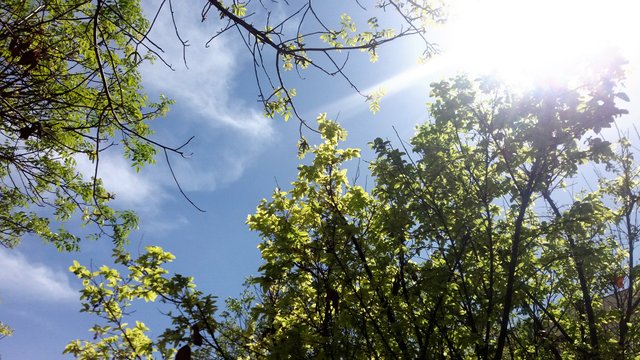
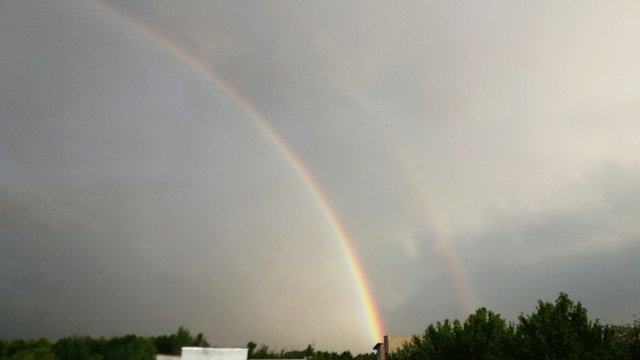
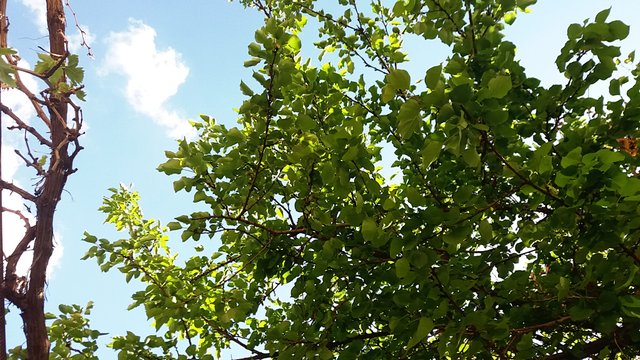
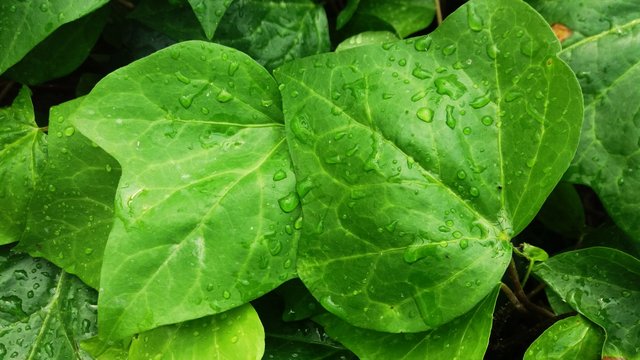

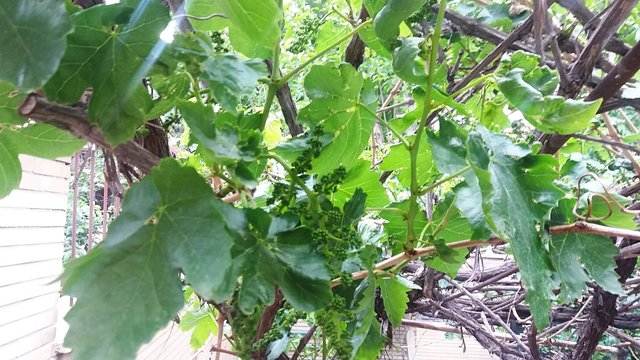
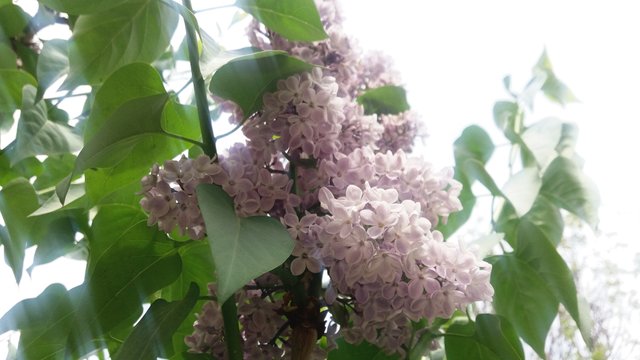
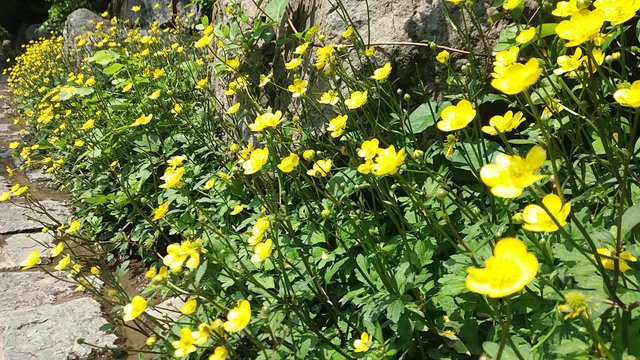
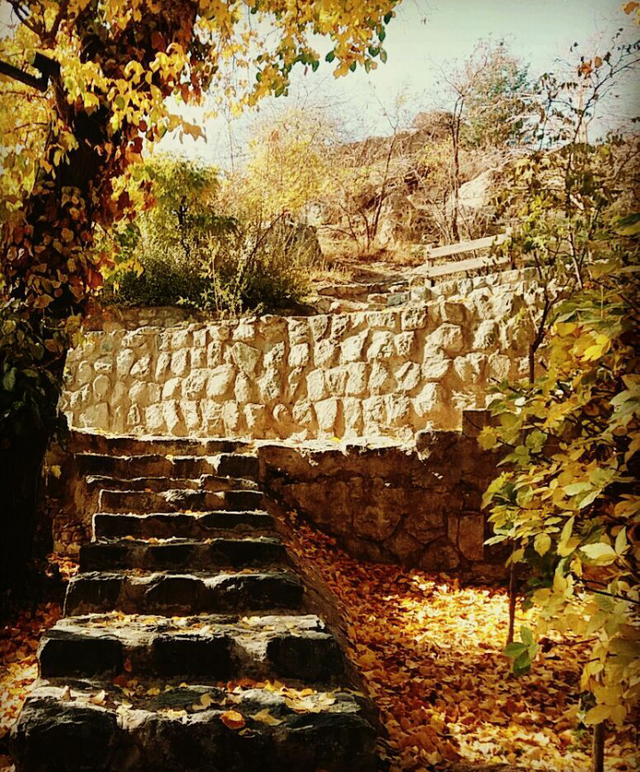
World of Photography
>Visit the website<
You have earned 6.50 XP for sharing your photo!
Daily photos: 2/2
Daily comments: 0/5
Multiplier: 1.30
Block time: 2018-06-02T14:37:09
Total XP: 981.55/200.00
Total Photos: 150
Total comments: 43
Total contest wins: 0
Follow: @photocontests
Join the Discord channel: click!
Play and win SBD: @fairlotto
Daily Steem Statistics: @dailysteemreport
Learn how to program Steem-Python applications: @steempytutorials
Developed and sponsored by: @juliank
عکساتون فوق العاده س 😍👌
Oh merc .. cheshatun fogholade mibineee 😉🙏
🙏🙏
Dear Artzonian, thanks for using the #ArtzOne hashtag. Your work is valuable to the @ArtzOne community. Quote of the week: Art, freedom and creativity will change society faster than politics. -Victor Pinchuk
Thank you @artzone
tasavir hame aallliii... mamnon babate post zibatun.
Merc mamnun.. <3
Thanks for the knowledge man!
Suddenly got the memories of Class 4 !!!
Thank you.. ;)